Reference no: EM131056485
1. A four-color resistor has the color-code Gray-violet-Orange-Silver. If it is placed across a 2 V source, the expected current is
a. 2.3 mA
b. 23 μ A
c. 0.0000023 A
d. none of the above
2. Which of the following circuit configurations has the same amount of voltage drop across each of its components?
a. parallel
b. series-parallel
c. series
d. combination
3. In a two-branch parallel circuit containing one 30-C2 resistor in each branch and powered from a 10-V source. What is the total current flowing in the circuit?
a. .33 A
b. .67 A
c. 40 A
d. 60 A
4. If a resistor suddenly decreases in value (resistance decreases), what will happen to the current through the resistor?
a. increases
b. remains unchanged
c. decreases
d. fluctuates
5. When using a standard multimeter to measure AC voltage, what type of measurement will the multimeter indicate?
a. peak-to-peak
b. peak
c. average
d. rms
6. What is the term used to describe the ability of a device to store energy in the form of an electrical charge?
a. inductance
b. conductance
c. reactance
d. capacitance
7. When an electromagnet reaches maximum strength, it is considered to be
a. in field condition
b. at saturation
c. inhibited
d. at field strength
8. A conductor's magnetic field is caused by:
a. current flowing through it
b. the voltage potential across it
c. the reactive power developed
d. the apparent power generated
9. Inductance is the ability of a coil to oppose.
a. current
b. voltage change
c. current change
d. Voltage
10. Opposition to current flow without the dissipation of energy is called:
a. resistance
b. inductive reactance
c. counter EMF
d. impedance
11. it In an capacitive circuit. reactance will
a. increase with frequency
b. decrease with frequency
c. be independent from frequency
d. depend upon the value of XC
12. What is the impedance of of a 1 kHz series RC circuit, when R and XC are both 1000 ohms
a. 500 ohms
b. 1000 ohms
c. 1414 ohms
d. 2000 ohms
13. Find Vth and Rth for the following circuit, and then use source transformation to find the Norton Equivalents:
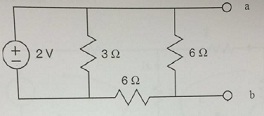
14. Calculate the total resistance, capacitance, and inductance between points a and b of the vilowing diagram. Assume all values are 1 ohm, 1 F and 1 H.
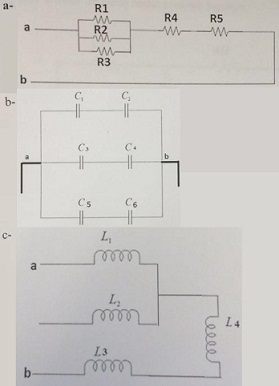
15. Find the capacitance of a 3.0 cm diameter sensor immersed in oil if the plates are separated by 0.1 mm. εr = 4.0 for oil.
16. For the following bridge:
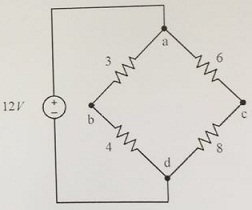
a- Is it balanced bridge?
b- If a galvanometer is connected between a and b and it reads 1 V, what will be the voltage Vc.
17. According to Flemington's left hand rule (explain)
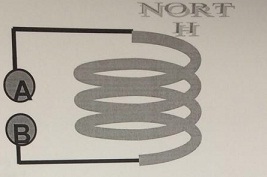
a- Determine which is the negative terminal
b- Determine if the following diagrams is correct. Explained Why?

18. Consider the following circuit:
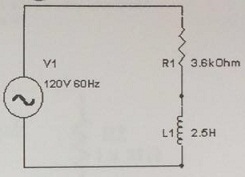
i. What is the inductive reactance?
ii. What is the impedance of the circuit?
iii. What is the circuit's time constant?
iv. Assume that there is another resistor R2 in series with R1, What should be the value of R2 if the time constant is 10 milliseconds?
v. What is the phase angle for this circuit?
19. For the following two circuits using mesh current analysis to:
a. Find the current lx?
b. Find the voltage V in 12 ohm?
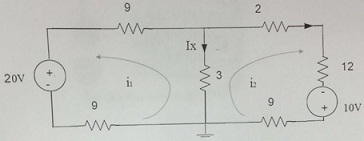
20. Apply superposition theorem to find the current in the 1 ohm and the power in 3 ohm
21. Verify your answer for using nodal analysis theorem.
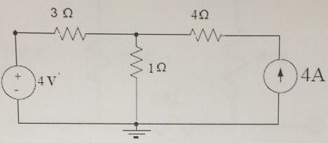
22. For the following diagram the switch has been in position A for long time then moved to Position b:

a. At what time the Capacitor C1 will be discharged to 63% of the supplied voltage?
b. What will be the voltage of in 1K ohm resister then?
c. Assume that after the capacitor C1 reaches 63% of the supplied voltage the switch was flipped to position A. after what time the capacitor C1 will be fully charged?
d. What will be the voltage of in the capacitor after 1 ms?